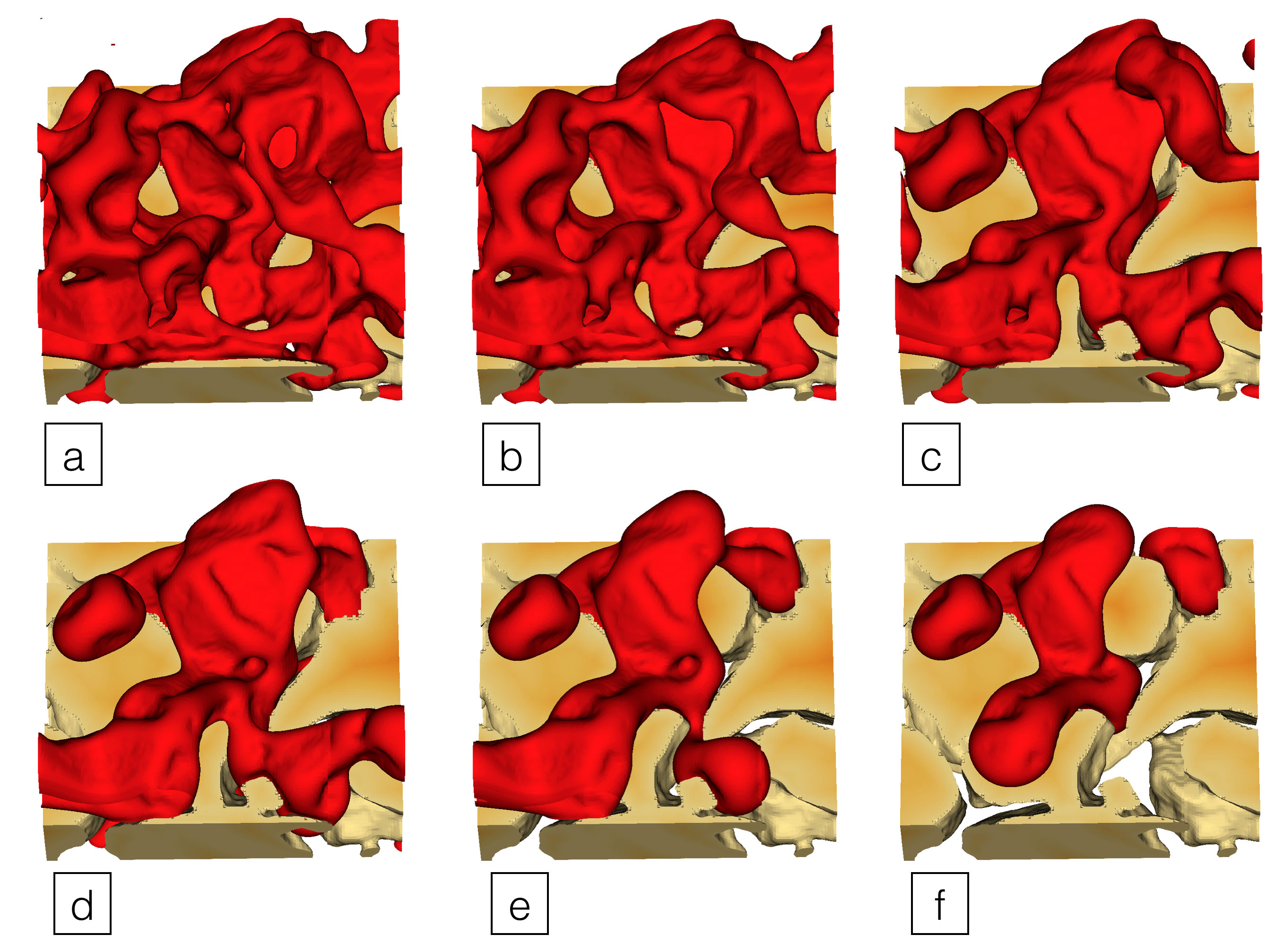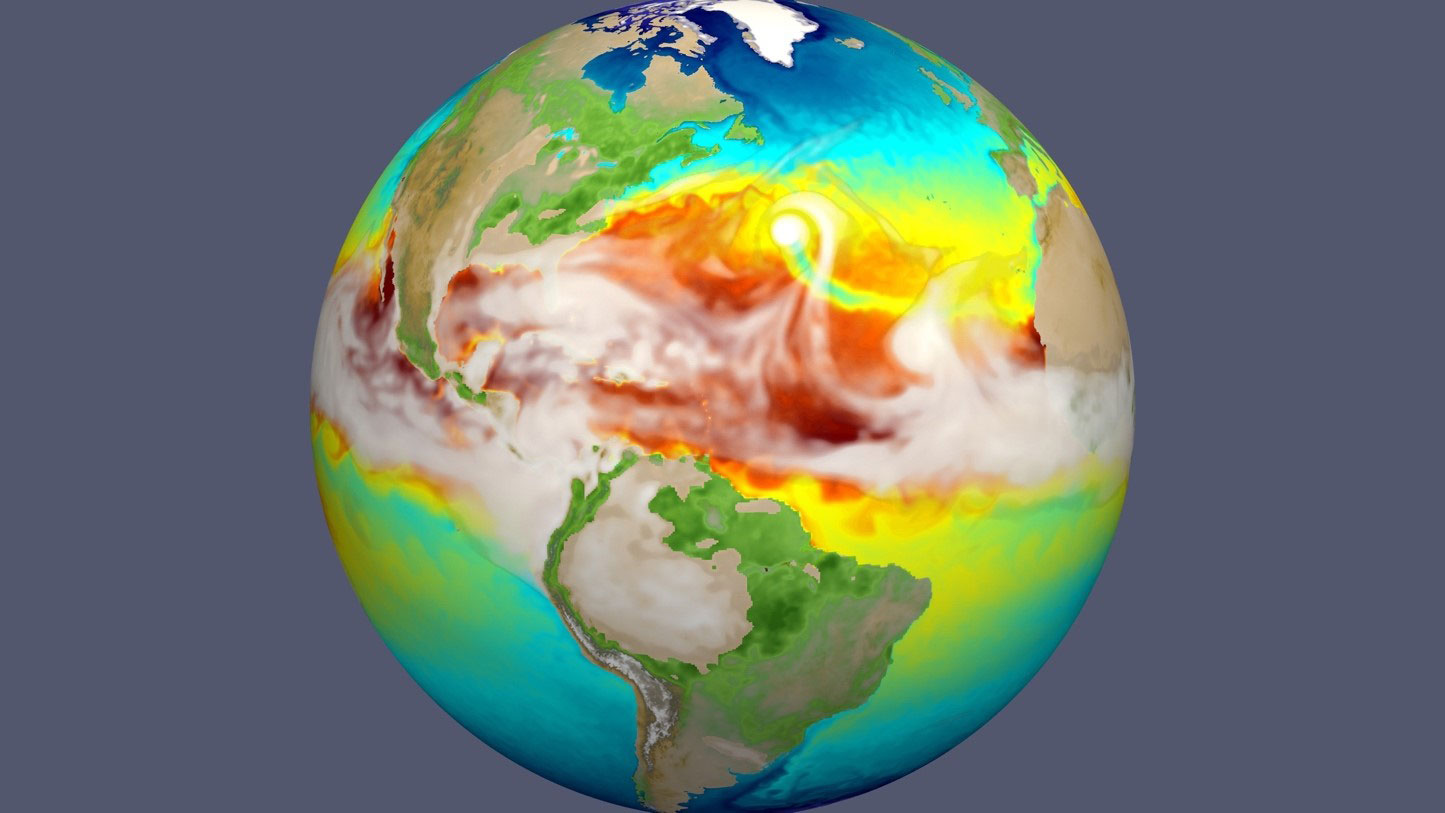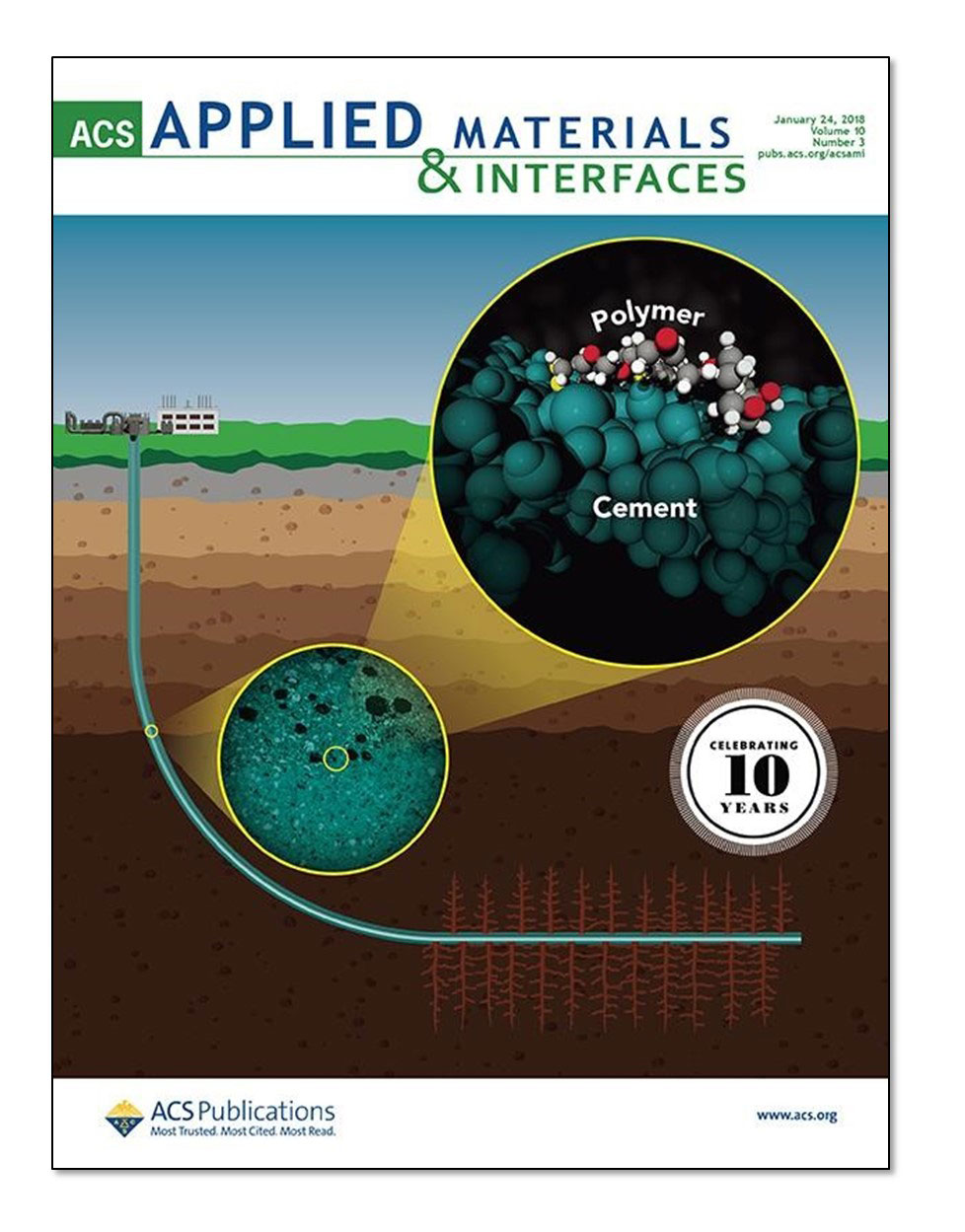
New Geometric Model Improves Predictions of Fluid Flow in Rock
Supercomputer validates mathematical approach for describing geological features.

Supercomputer validates mathematical approach for describing geological features.

Mirrored D shape demonstrates surprisingly high pressures in a tokamak, indicating a shape change may be in order for next-generation fusion reactors.

Thin-walled diamond shells carry payloads of boron dust; the dust mitigates destructive plasma disruptions in fusion confinement systems.

Metal-organic frameworks designed with a topology-guided approach show higher efficiency than commercial benchmarks.

Scientists discover an unexpected source of new materials, with potential for energy applications.

A flowing magnetically responsive liquid seamlessly regulates the shape and properties of solids, letting them perform an array of jobs.

Low-momentum (wimpy) quarks and gluons contribute to proton spin, offering insights into protons’ behavior in all visible matter.

Researchers demonstrated record accelerating cavity performance using a technique that could lead to significant cost savings.

Beam chopper cuts accelerator-generated ion beams under highly demanding conditions.

Successful models of the fraught dynamics of two particle beams in close contact lead to smoother sailing in an area of particle acceleration.

Scientists use supercomputers to determine how reliably a popular Earth system model represents precipitation regionally and globally.

A first-of-its-kind computer simulation reveals self-healing cement for geothermal and oil and gas wells performs better than originally thought.